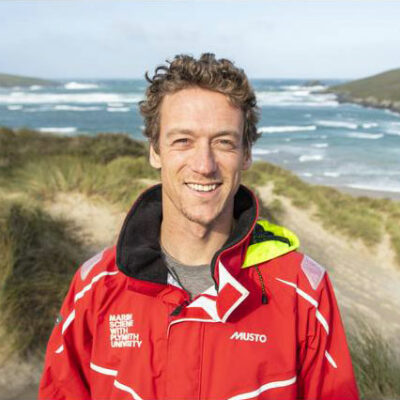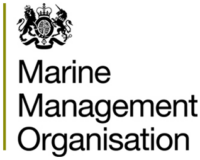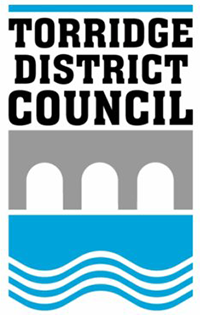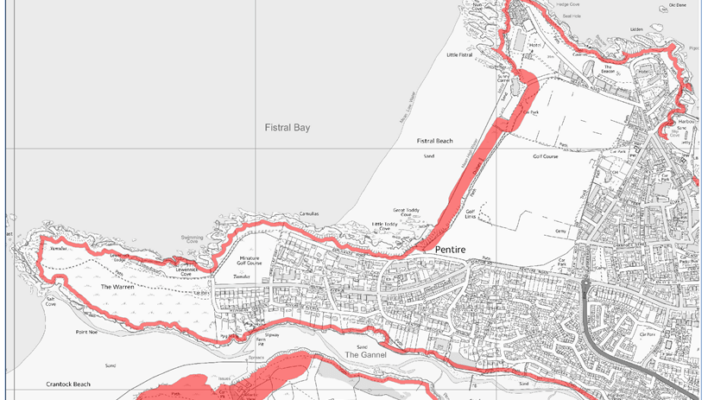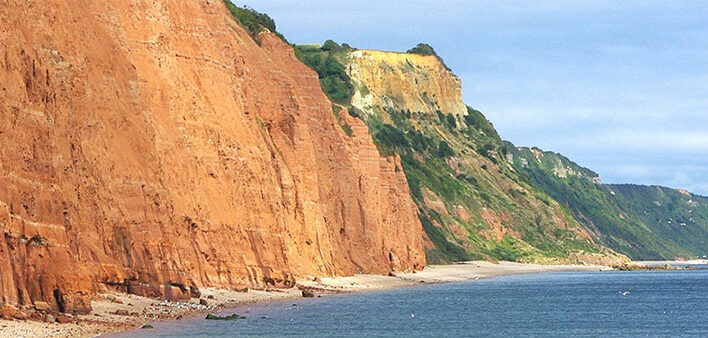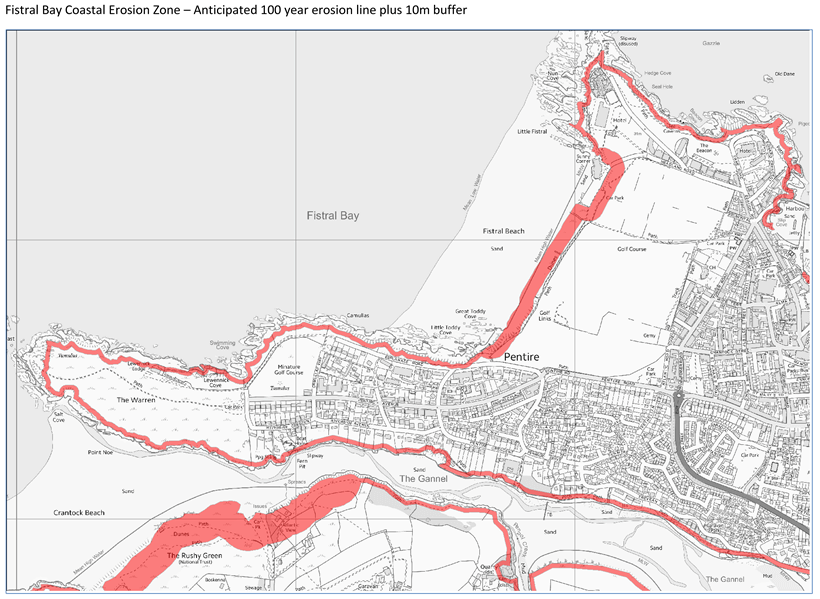Project team
Why it matters
The South West has 1014km2 of beautiful, environmentally diverse coastline, yet it is vulnerable and faces increasing pressure from human activity and erosion. At some locations the coastline retreats by a metre every decade due to erosion, landslips, flooding and shifting sediments.
Local Planning Authorities (LPAs) have the difficult task of deciding where to site future developments along these changing coastal and estuarine margins. To address these issues the UK’s National Planning Policy Framework requires LPAs to identify where shorelines are likely to change significantly over the next 100 years. These designated Coastal Change Management Areas (CCMAs) can then be used to inform planning and management.
LPAs have often lacked the confidence, in-house expertise, or consistent methodology to establish such designations. As such, very few CCMAs currently exist, and coastal development continues in active coastal zones with little regard for future shoreline shifts.
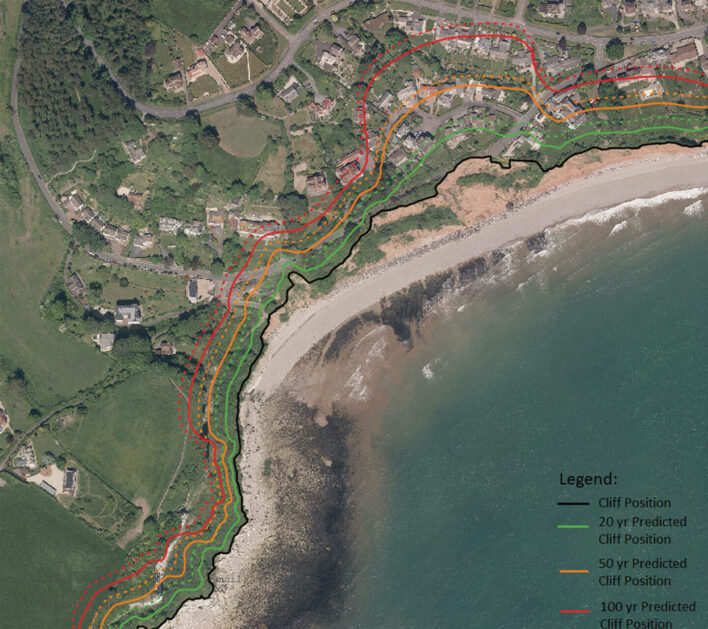
Partners
The SWEEP approach was invaluable in bringing together all key stakeholders, including the The SWEEP approach was invaluable in bringing together all key stakeholders, including theEnvironment Agency and Natural England, to shape and move the CCMA work forward and increase our confidence in this area.
Ian Rowland, Torridge District Council
What we did
An initial strategic review of existing CCMAs (and similar schemes internationally) gathered feedback from LPAs on the limitations of current criteria and approaches. Key issues identified were a lack of consideration of coastlines where ‘hold the line’ is the preferred management policy, the exclusion of the latest climate change projections, and insufficient spatial resolution in previous mapping.
The team then set about developing an improved, scientifically robust method that planners could adopt, the public can understand, and which incorporates the latest climate science. Using case study sites in Sidmouth, East Devon (a coastal wave-dominated environment prone to erosion) and the Taw Torridge estuary, North Devon (a tide-dominated environment impacted by flooding), the team developed methods to predict future shoreline positions and sea-level rise over a range of periods.
The final output was a clear, concise methodology for use by any LPA, which could deliver the underlying science needed to support of the process of designating CCMAs. The team trialled this methodology in the case study areas and provided training support to the LPAs in its use.
Impacts & benefits
- Increased knowledge, confidence and skill sets within the case study LPAs to engage with, and drive the CCMA process forward . Enabling Project Partners – Natural England, the Environment Agency, Marine Management Organisation and Heritage England – and their stakeholders to reengage and reinvest in the CCMA process which will accelerate further uptake both within and beyond the South West.
- Accelerating LPA ambitions to deliver CCMA coastal change work – at the LPAs request, SWEEP has now extended CCMA mapping for the Taw Torridge Estuary and Sidmouth study sites, saving each partner c.£50k’.
- SWEEP-informed CCMAs are now recommended for official adoption into partner LPA Local Plans. In the interim, they are being recognised as a key component of the ‘best available material consideration’ for planning and development decisions and coastal resilience funding applications. Informing coastal management decisions – for example, through ‘Shoreline Management Plan Refresh’ work and the Marine Management Organisation ‘Ex lore Marine Plans’.
- Influence on national policy and uptake of CCMAs -a SWEEP CCMA methodology briefing document has been developed and dissemination widely. Through our partners this will feed into and strengthen the National Planning Policy Framework, contributing to more robust guidance on identifying and demarcating CCMAs and thus further improving the rate of CCMA implementation by LPAs not only for the South West but for other regions around the UK.
SWEEP’s work galvanised us into action, really helping Natural England to up its game and be a better advisor. It provided us with the confidence to have more informed CCMA conversations with our stakeholders across the South West, as well as on a wider, national platform – conversations that would not be possible right now without SWEEP.
Corine Dyke, Natural England
Looking to the future
Drawing on the SWEEP methodology briefing document, the team continues to work closely with LPA partners, Natural England and the Environment Agency, to drive forward and monitor the uptake of the methodology and designation of CCMAs in the South West and beyond, and its influence on the CCMA guidance in the National Planning Policy Framework. This work has been continued through a PhD studentship supported by SWEEP and the Environment Agency.

